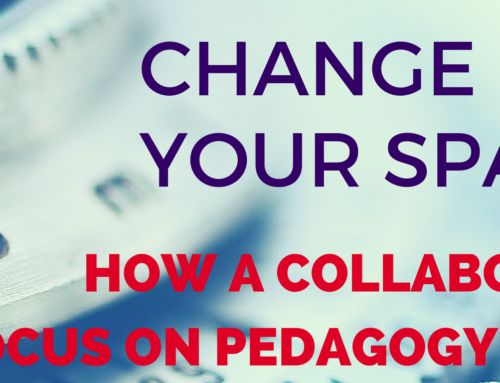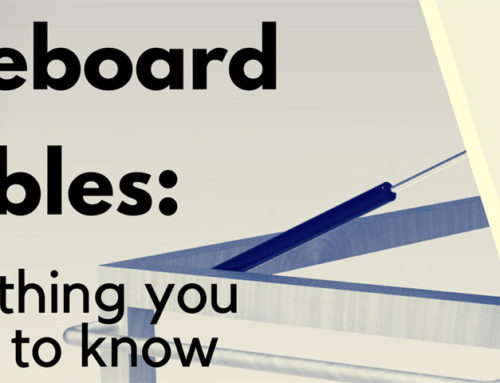In modern learning environments there is a fundamental shift occurring. The change is quite simple and is actually cost-saving for the schools and work environments that are getting onboard. It is all about moving from desks to tables.
Ditching desks can be seen as a physical manifestation of the pedagogical emphasis on providing students with collaborative learning opportunities and classrooms that develop 21st century skills.
The difference may seem minimal considering you can push six desks together to form table-like groups. Many teachers employ this method and if there is no alternative, and it’s not a bad workaround solution. However, there are underlying implications in the divisions that desks create. Desks suggest a personal space. This could be seen as a good thing, however, as any elementary teacher can attest, the boundaries of the touching desks can brew arguments and stand in the way of teamwork. This may seem juvenile and even silly to adults but these quarrels highlight the larger concern that tables create borders or walls in a collaborative environment. This concept of possession and isolation counter acts collaboration and communication in a modern learning environment.
acts collaboration and communication in a modern learning environment.
Tables by their nature suggest community. Think about an important family meal. Do you envision eating it while sitting around the living room broken up by space between the sofas and arm chairs? Instead, we gather at tables to share food and stories, to build fraternity, kinship and connections. Tables have always been associated with community and inclusion.
Tables also foster a sense of equality. Students have equal access to space and group members have equal opportunities to contribute their thinking which ensures that people are working together in a partnership to advance a common goal. Shared work surfaces also allow us to easily bounce ideas off one another, make thinking visible and also guards against group members doubling up on the same tasks – thereby increasing efficiency and productivity.
Tables are also cost effective as 4 to 6 people can easily be seated around a table for half the price of a desk. Tables are space efficient too and reduce the physical footprint within the classroom. Progressive educators and schools are also beginning to rethink whether every student needs a chair and desk space in every learning environment they work in. Adding flexible work areas and breakout spaces in conjunction with reducing the desk to student ratio is a great way to enhance your classroom.
How are you using tables to promote interdependence in your learning environment? We’d love to read your thoughts in the comments section!







I’d go for tables any day of the week!
[…] movement towards writeable tables is driven by a desire to create spaces that enrich collaboration and empower visible thinking. Teachers want them and students love them. But what are the […]